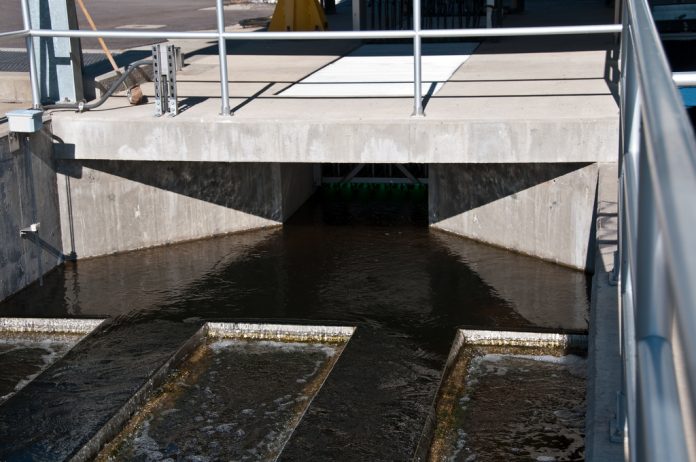The European Commission has today adopted a Communication outlining a set of actions addressing the multifaceted challenges that the release of pharmaceuticals poses to the environment.
The “Strategic Approach to Pharmaceuticals in the Environment” that the Commission presents today, identifies six action areas concerning all stages of the pharmaceutical life cycle, where improvements can be made. The text addresses pharmaceuticals for human as well as for veterinary use. The areas cover all stages of the lifecycle of pharmaceuticals, from design and production to disposal and waste management, in line with the principles of the staff working document of the Commission on Sustainable Products in a Circular Economy. The six areas identified include actions to raise awareness and promote prudent use, improve training and risk assessment, gather monitoring data, incentivise “green design”, reduce emissions from manufacturing, reduce waste and improve wastewater treatment.
“Most of us have had reason to take some form of medicine in our lives, and we are fortunate that we can be helped in this way. Pharmaceuticals are also essential for ensuring animal health. Many of us are however not aware that some of what is consumed ends up in the environment having an effect on wildlife such as the fish in our rivers. We must reduce the entry of pharmaceuticals into our rivers and soils for our own benefit and in order to protect the wildlife and the environment,” said Karmenu Vella, Commissioner for Environment, Maritime Affairs and Fisheries.
“It is essential that medicines are safe and effective for our health, however we should be aware of the environmental impact they may have. Drug-resistant bacteria is one of the major health threats world-wide, therefore in our fight against antimicrobial resistance, everyone benefits not only from the prudent use of medicines but also from a well thought-through production and disposing system. It is time for us collectively to draw attention to the risks of the antimicrobials for the environment. This Communication identifies areas where action is needed and serves us as a stepping stone for our future discussions,” added Vytenis Andriukaitis, Commissioner for Health and Food Safety.
Pharmaceuticals discarded in the environment have been shown to pose a risk to fish or other wildlife, for example by affecting their ability to reproduce, by altering their behaviour in ways jeopardising their survival, or through direct toxic effects. In addition, incorrectly disposed medicines may contribute to the serious problem of antimicrobial resistance. Increased awareness has prompted further investigation, as well as calls and proposals for action to reduce emissions to the environment, in particular to water but also to soil.
Today’s Communication places an emphasis on sharing good practices, on cooperating at international level, and on improving understanding of the risks. This is crucial in the context of addressing antimicrobial resistance, a problem that is growing at global level. Several actions in the strategic approach are intended to contribute to the objectives of the European One-Health Action Plan against Antimicrobial Resistance (AMR). The Action Plan stresses the need for a One-Health approach taking account of the interconnections between human and animal health and the environment.
The Commission will follow up the actions set in the Communication, and invites Member States and other stakeholders to take action as well.
Pharmaceuticals are found in surface and groundwater across Europe that is used for irrigation and drinking water production and that is essential for wildlife. Awareness has grown in recent years of the possible risks from pharmaceuticals in the environment, but so far the knowledge and active policy for reducing the risks are still limited to only parts of the EU. The aim of the “Strategic Approach to Pharmaceuticals in the Environment” which was presented today is to draw attention to those risks.
In 2013 the EU adopted legislation requiring the Commission to develop a strategic approach to pharmaceuticals in the environment, including proposals for measures, where appropriate, to address the possible impacts. The Strategic Approach has been developed taking into account information gathered through two scientific studies, as well as other information gathered from EU Member States, other stakeholders and research sources. The second study included an analysis of the results of a public and targeted stakeholder consultation on options for possible inclusion in the approach.

